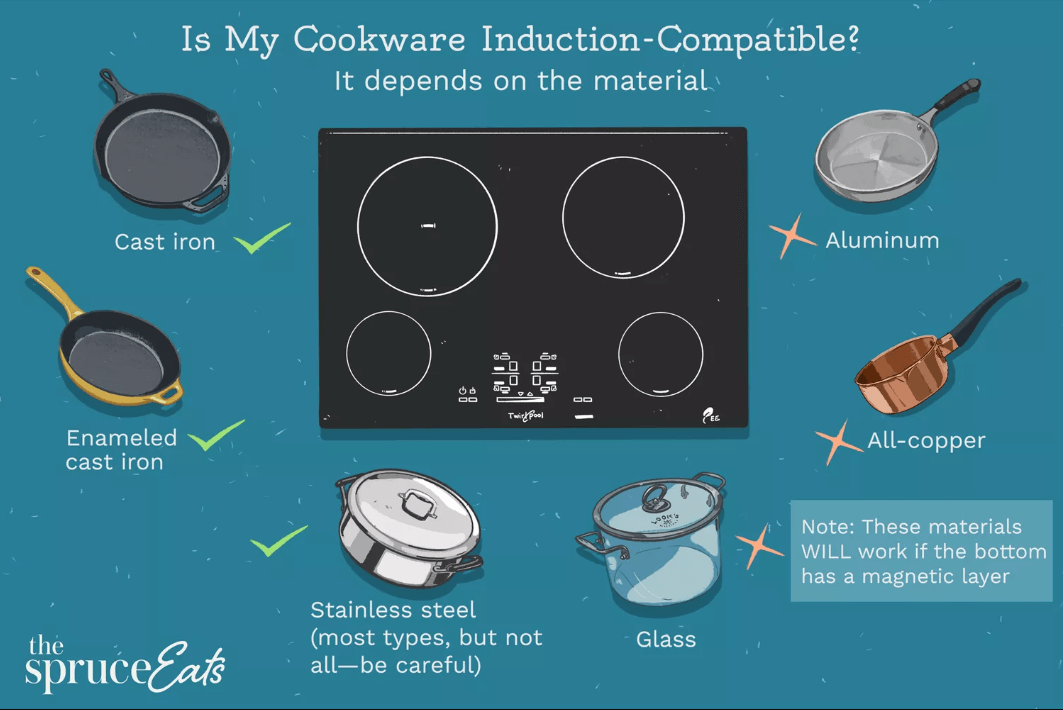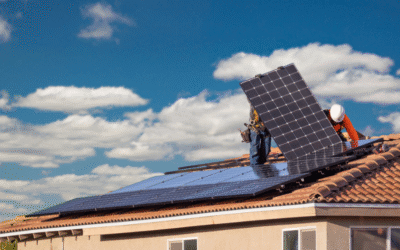NEED TO KNOW
- There are many benefits in switching from gas to induction cooking, including efficiency, ease of cleaning and health.
- Portable induction cooktops can be a cheaper way to try induction cooking to see if it’s right for you.
Gas vs induction: Which is more efficient?
Two thirds (5 million) of Australian households are connected to gas. Bills can be four times higher in winter. Despite the price freeze, domestic gas prices increased to $13.76/GJ at their highest last year, influenced by cold weather driving up demand.
Hopefully more Australians can heed the warning and switch to electricity to not only save money but not sink on the boat with so many others.
CHOICE kitchen expert Fiona Mair says that, like gas, induction responds instantly to temperature adjustments, although this is easier to see with a gas cooktop.
Gas provides visual feedback when you raise and lower the flame, but with induction you won’t see anything until you add food to the pan.
The health impact of gas
There’s conclusive evidence that gas cooktops contribute significantly to poor respiratory health. Most concerning of all is the effect on children.
“Gas cooktops contribute 12% of the childhood asthma burden, which is equivalent to tobacco smoke in the home, says Asthma Australia CEO Michele Goldman.
“There are a range of contaminants released from a gas cooktop that can impact your health,” explains Goldman … Things like nitrogen dioxide, formaldehyde and small particulates that are breathed deeply into the airways and can cross into the bloodstream. So it’s not only the lungs that are impacted, it’s other organs.”
Is your cookware induction compatible?
Induction cooktops work by producing an electromagnetic field, creating energy that heats your cookware. So your pots and pans need a ferromagnetic base to work on an induction cooktop.
Cast iron, steel, and some enamel steel and stainless steel pans will work on induction if the base is a magnetic grade of stainless steel.

Source: The Spruce Eats
Which cooks better?
The most important thing when selecting an induction cooktop is to choose one with a range of cooking zone configurations. Ensure the size of the base of your pans closely fits the designated cooking zones, so that the entire base is in direct contact with the induction zone.
This is because it’s the pan itself that’s directly heated, and more contact means better heat transference. Using a pan with a smaller or larger diameter than the induction zone creates a weaker magnetic field and less heat output.
“Induction cooktops come in all sizes and have a range of cooking zone configuration.
Child-lock and safety cut-out features are another advantage of choosing induction over gas.”
“If you’re buying a new induction cooktop, choose one which has a variety of cooking zones in different sizes, such as an extra-large, flexi (an enlarged single zone that heats pans of any size that are positioned within it) and a small cooking zone, as these are better matched to a variety of cookware sizes.”
Induction is easier to clean
Anyone who has spent hours trying to clean those fiddly burners and trivets on a gas cooktop will find cleaning an induction cooktop a breeze. With their knob-free, continuous glass surface, induction cooktops are generally much easier to clean.
Fiona explains that even if you spill food onto an induction cooktop, it won’t bake on and become impossible to clean off (as often happens with gas and ceramic cooktops). This is because the induction cooktop surface doesn’t heat up, so it’s much easier to wipe up a spill.
Are portable induction a cheaper workaround?
With induction cooktops ranging in price from $700 for a budget option up to $6,000, a portable induction cooktop could be considered a more economical way to dip your toe into gas-free cooking.
They start at around $50, with top performing models in our test costing less than $150.
But they do have their drawbacks and on the whole, they aren’t as efficient, intuitive or as easy to use and clean as standard installed induction cooktops.
Will switching to inductions save you money?
“Running costs for induction are certainly cheaper than gas, but because the purchase price and installation costs are so high for induction, you’re unlikely to make dramatic savings immediately.”
“You’re more likely to make significant savings when you switch away from gas for all your appliances – for cooking, heating and hot water. If you can also install a good solar power system and use it wisely, I would say that long-term savings are pretty much guaranteed.”
Which cooks better?
The most important thing when selecting an induction cooktop is to choose one with a range of cooking zone configurations. Ensure the size of the base of your pans closely fits the designated cooking zones, so that the entire base is in direct contact with the induction zone.
This is because it’s the pan itself that’s directly heated, and more contact means better heat transference. Using a pan with a smaller or larger diameter than the induction zone creates a weaker magnetic field and less heat output.
CHECK OUT MORE FROM CHOICE:
- Guide to buying portable induction cooktops.
- Portable induction cooktops reviews.





0 Comments